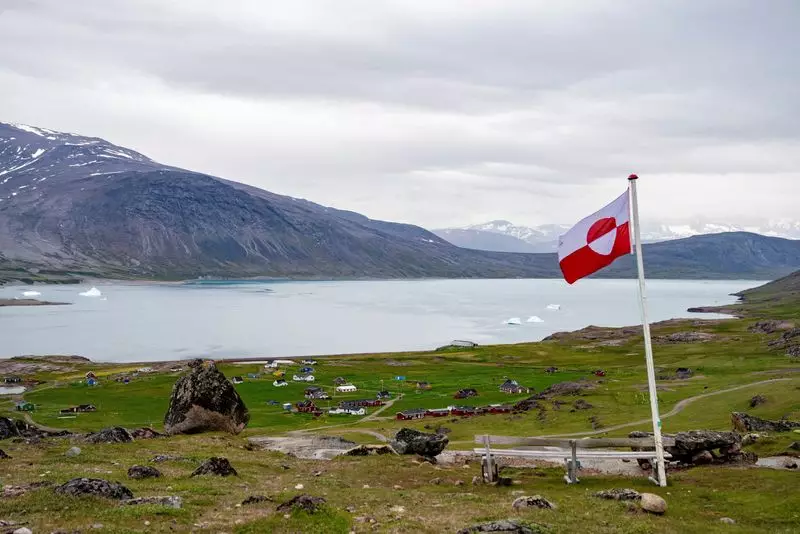Greenland, the world’s largest island, has long captured the interest of international powers, particularly due to its vast mineral resources and strategic location within the Arctic. Recently, discussions have intensified regarding its potential economic exploitation, especially as it pertains to renewable energy technologies and their vital components. In this article, we delve into the implications of Denmark’s semi-autonomous territory in the context of U.S. interests and the broader geopolitical landscape.
The allure of Greenland is underscored by its geographical positioning, which serves as a critical waypoint between North America and Europe. This location amplifies its significance as global shipping routes evolve and Arctic navigation becomes increasingly viable due to climate change. The U.S. President-elect’s expressed interest in controlling Greenland hints at a recognition of these geopolitical dynamics. However, such aspirations must grapple with the historical and cultural context of Greenland’s relationship with Denmark and the wishes of its indigenous population.
Greenland is endowed with a variety of minerals deemed essential for future technologies, notably rare earth elements (REEs). A substantial portion of these critical raw materials, identified by the European Commission, are concentrated in the southern Gardar province. Global demand for REEs is surging, especially for applications in electric vehicles (EVs) and renewable energy solutions such as wind turbines. Companies like Critical Metals Corp and Neo Performance Materials are demonstrating interest in tapping into these resources, yet progress is fraught with challenges stemming from regulatory barriers and environmental considerations.
While the extraction of natural resources presents enticing economic benefits, the conversation surrounding mining in Greenland cannot overlook the pressing environmental concerns and the rights of local communities. Greenland has placed a moratorium on oil and gas extraction to safeguard its pristine environment, reflecting a growing awareness of climate issues and indigenous governance. The resistance from local residents against unchecked resource exploitation emphasizes the need for sustainable practices that honor both tradition and ecological preservation.
Greenland’s geological makeup is varied, hosting additional mineral deposits including copper, zinc, gold, and even uranium. Despite relatively limited exploration for copper, potential sites such as the Disko-Nuussuaq deposit present prospects for diversified mineral extraction. Similarly, the resurgence of interest in gold mining with projects like the one launched by Amaroq Minerals highlights escalating opportunities. However, key statutory restrictions, rooted in environmental stewardship and indigenous advocacy, create friction between development ambitions and local sentiments.
As major global players eye Greenland’s mineral wealth, the involvement of multinational companies raises questions about local benefits versus corporate profits. The prospect of substantial foreign investment might catalyze economic growth; however, the ensuing partnerships must be approached with caution. Stakeholder dialogues that integrate the voices of indigenous populations will be essential in shaping a responsible development framework.
With the international push towards decarbonization, the extraction of minerals from Greenland must align with sustainable practices. It is crucial for both the Greenlandic government and potential investors to adopt environmentally responsible methods that not only minimize harm but also contribute to the global commitment to combat climate change. The sustainable cultivation of Greenland’s mineral resources could serve as a model for how countries can synergize economic interests with ecological integrity.
As Greenland stands at the crossroads of mineral wealth and geopolitical maneuvering, the path forward must prioritize inclusivity, sustainability, and respect for indigenous rights. Balancing these dynamics will be vital in determining whether Greenland can harness its potential for benefit while preserving its unique cultural landscape and environmental health for future generations.

